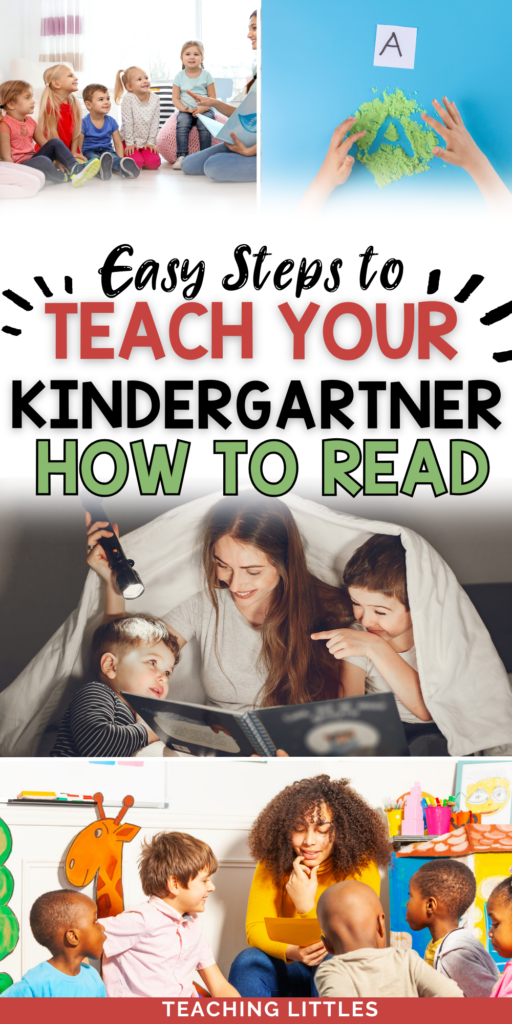If you have found this guide you are likely asking yourself how to teach kindergartners to read. Lucky you! You have found the best resource.
Welcome to the wonderful journey of teaching kindergartners how to learn to read! The ability to read opens up a world of imagination and knowledge for children.
This guide is designed to support parents and educators in this exciting and crucial phase of a child’s life.
Let’s dive into the steps that make reading a fun and fruitful experience for your little one:
Step 1 Create a Reading-Friendly Environment

Reading starts with the right environment. Make books an accessible treasure in your home. Set up a cozy reading corner with a variety of children’s books. This could be anything from picture books to storybooks with simple sentences. Establish a daily reading routine, perhaps a bedtime story session, to instill the habit of reading.
Step 2: Start with the Basics – Letters and Sounds
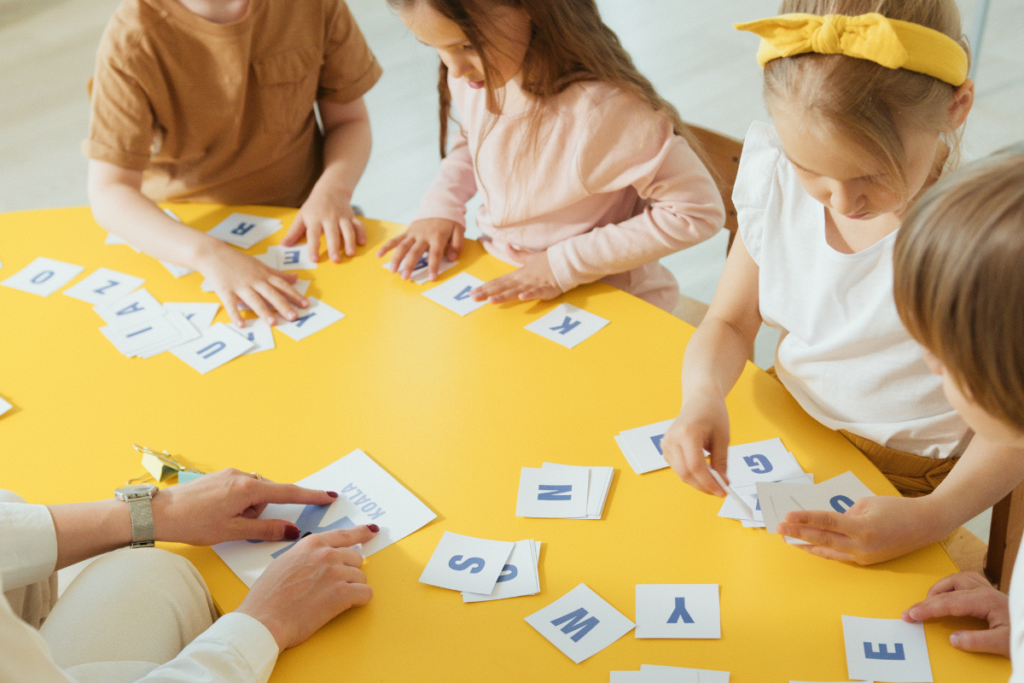
The foundation of reading is recognizing letters and their corresponding sounds. Make learning the alphabet an enjoyable activity. Sing the alphabet song together, use flashcards, or even bake cookies in letter shapes. Interactive apps and games that focus on alphabet learning can also be a fun way to reinforce these basics.
When choosing where to start – begin with letter sounds over letter names, and uppercase letters before lowercase.
Step 3: Introduce Sight Words

Sight words are commonly used words that children are encouraged to recognize instantly. These include words like ‘the’, ‘and’, ‘it’, etc. Start with a list of simple sight words and incorporate them into daily activities. Create flashcards, play memory games, or encourage your child to spot these words in their favorite books.
Need some game ideas with sight words? Try this post!
Related Post: The Best Tips to Teach Sight Words to Kindergartners
Step 4: Practice Phonemic Awareness
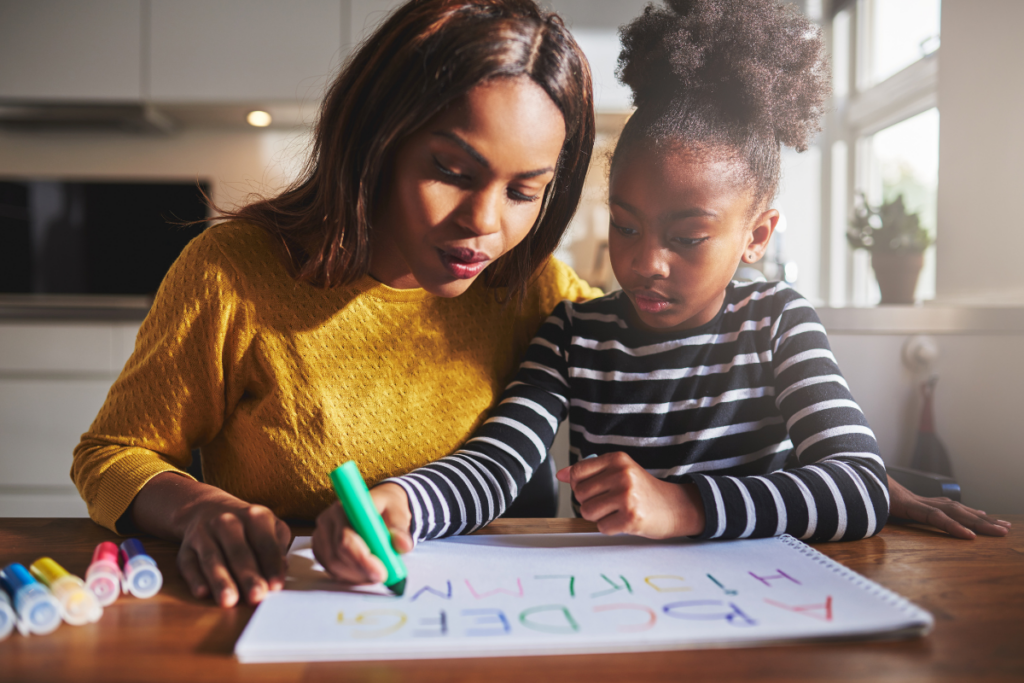
Phonemic awareness is the ability to hear and manipulate the sounds in words. This skill is crucial for learning to read.
Engage in simple phonemic activities like rhyming games, clapping out syllables, or segmenting words into individual sounds. For instance, breaking down the word ‘cat’ into its constituent sounds: /c/ /a/ /t/.
Step 5: Encourage Word Formation and Simple Reading
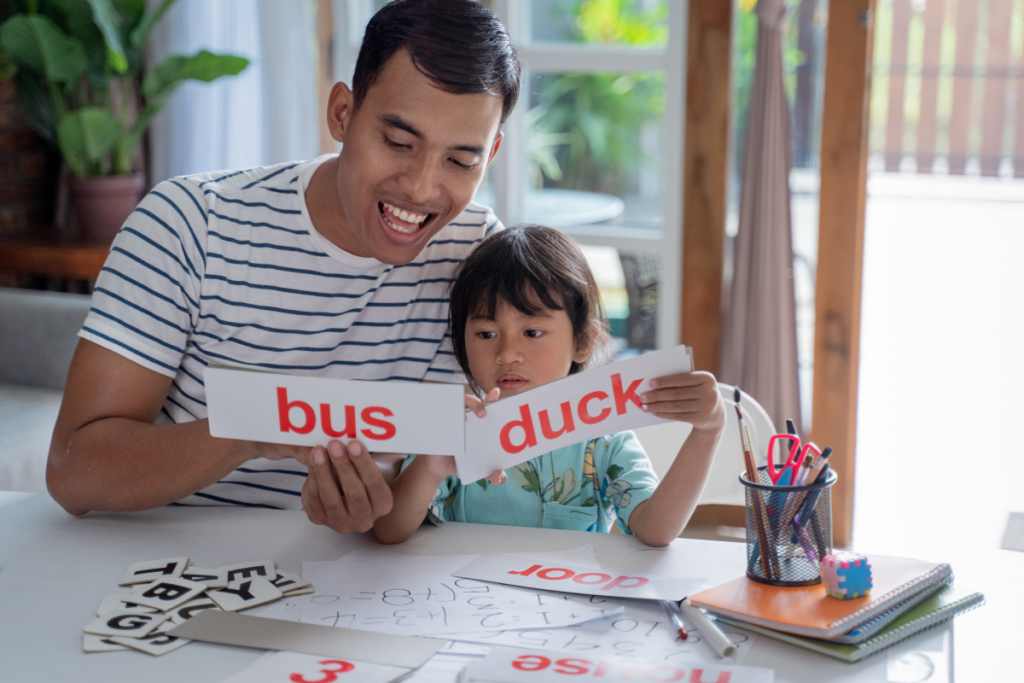
Once your child understands sounds, they can start forming words. Encourage them to blend sounds to make simple words.
Focus on short, phonetically regular words initially. Read together from simple books, pointing out how letters form words. Ask them to identify familiar words and sounds in these books.
Step 6: Foster a Love for Reading

The most important aspect of teaching reading is to make it enjoyable. Choose books that are interesting to your child.
Read together regularly and discuss the stories to make the experience interactive. Show enthusiasm and praise their efforts to instill a love for reading.
Step 7: Communicate all the Time

An often-overlooked aspect of teaching reading is the power of constant communication. Engaging in regular, meaningful conversations with your child can significantly enhance their reading skills and their enthusiasm for books. Here’s how you can incorporate communication into your reading lessons:
Talk About Books and Stories: After reading a story, spend some time discussing it. Ask your child questions about the plot, characters, and their favorite parts. This not only improves comprehension but also encourages them to think critically about what they’ve read.
Connect Stories to Real Life: Make connections between the stories and your child’s experiences. If you read a book about a trip to the zoo, talk about the time you visited the zoo together. This helps children understand the relevance of reading to everyday life.
Encourage Storytelling: Invite your child to tell their own stories. This could be about their day, a make-believe world, or an alternate ending to a book you’ve read together. Storytelling enhances creativity and narrative skills, crucial components of literacy.
Be an Active Listener: Show genuine interest in what your child has to say. Listen attentively, respond with enthusiasm, and encourage them to elaborate. This reinforces their confidence in expressing thoughts and ideas.
Expand Vocabulary: Use daily conversations as opportunities to introduce new words. Don’t shy away from using complex words. Explain their meanings in simple terms and encourage your child to use them in sentences.
Model Reading Behavior: Children imitate what they see. Regularly read in front of your child – be it books, newspapers, or magazines. Talk about what you’re reading and why you find it interesting. This shows that reading is a valuable and enjoyable activity.
Step 8: Play Games
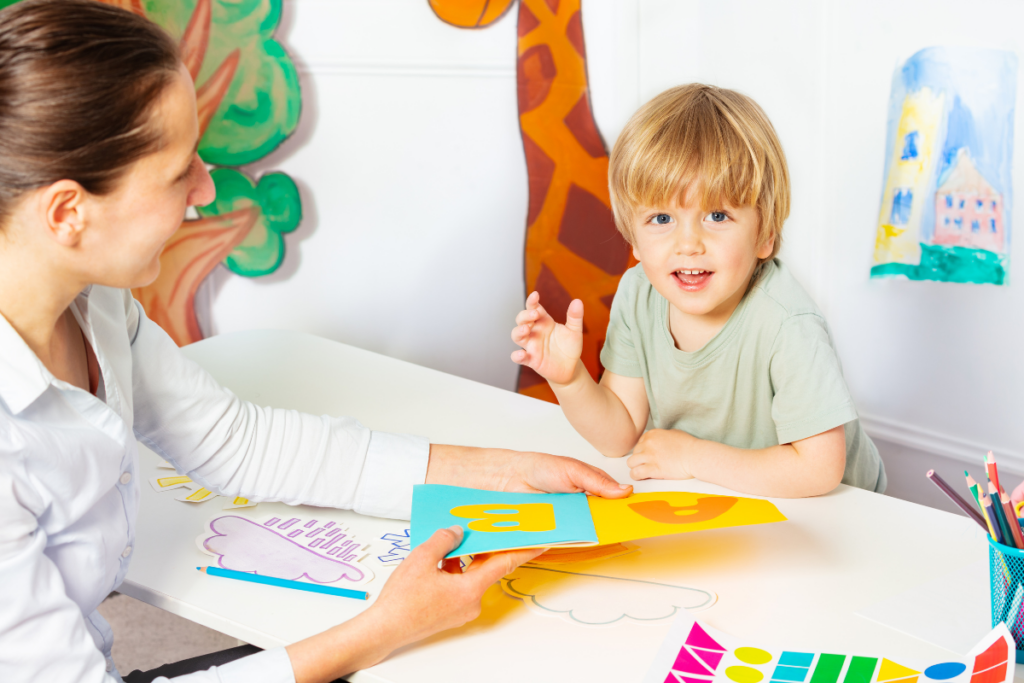
Word games are not just entertaining; they are a powerful tool to teach kindergartners to read. These games can reinforce phonics, expand vocabulary, and make the process of learning to read more enjoyable. Here’s how incorporating word games can benefit your kindergartner’s reading journey:
Phonics Games: Games that focus on phonics help children understand how letters are linked to sounds. For example, a game where you say a word and ask your child to identify the starting or ending sound reinforces their phonemic awareness. Online games and apps that turn phonics practice into a fun activity can also be very effective.
Sight Word Bingo: Create a bingo game with sight words. Each time you call out a word, your child will have to recognize and mark it on their bingo card. This game is excellent for helping children quickly recognize and recall sight words, which are essential for fluent reading.
Word Matching Games: Games like memory or matching where children have to pair words with pictures can be very beneficial. This helps in associating words with their meanings, a crucial skill for comprehension.
Scrabble Junior and Similar Board Games: Board games like Scrabble Junior are fantastic for developing vocabulary and spelling skills. They encourage children to think about how words are formed and offer a fun way to practice word construction.
I Spy with Words: A variation of the classic “I Spy” game can be played using letters or sounds. For instance, “I spy with my little eye, something that starts with the letter B.” This game is simple yet effective for reinforcing letter-sound associations.
Rhyming Games: Engage in games that encourage finding rhyming words. Rhymes are fun and make it easier for children to remember sounds and words, enhancing their reading abilities.
Step 9: Innovative and Unconventional Methods to Teach Reading
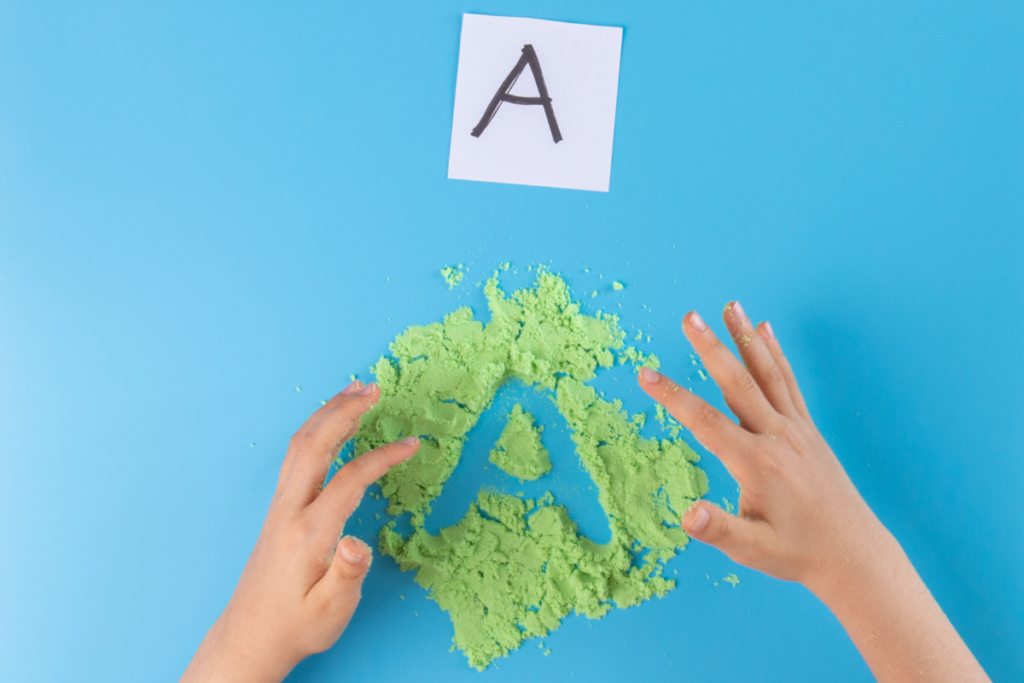
Stepping outside traditional ways to teach your kindergartners to read can greatly benefit the process. Using unconventional tools like playdough, magnetic letters, and writing in sand adds a tactile dimension to learning, which can be particularly effective for young children. Let’s explore these creative methods:
Playdough Letters: Playdough is a fantastic tool for hands-on learning. Encourage your child to form letters and simple words with playdough. This activity is excellent for developing fine motor skills while reinforcing letter shapes and sounds. You can also use cookie cutters shaped like letters to make this activity even more engaging.
Magnetic Letters Fun: Magnetic letters on the refrigerator or a magnetic board can be a great learning aid. Use them to form words, helping your child understand how different letters come together to make sounds and words. This can be a spontaneous and fun activity that you can do together, like forming a new word each day.
Writing in Sand or Salt Trays: Fill a shallow tray with sand or salt and let your child write letters and words in it using their fingers or a stick. This sensory activity is not only enjoyable but also helps in memorizing the shapes of letters and words. The tactile experience can enhance cognitive connections made during learning.
Building Words with Blocks: If you have blocks with letters on them, use them to build words. This physically engaging activity helps in understanding how words are structured and is also a playful way to learn spelling.
Tracing Words in the Air: Encourage your child to ‘write’ words in the air with their finger. This kinesthetic method can help children memorize the shape and structure of words and letters. It’s also a great way to practice spelling and can be done anywhere, anytime.
Using Chalk on Sidewalks or Blackboards: Writing with chalk on sidewalks or a blackboard can make learning to read and write a more dynamic and enjoyable experience. It gives children a large canvas to practice their letters and words, encouraging creativity in learning.
Learning how to teach your kindergartners to read is a process that requires patience and consistency. Remember, every child learns at their own pace. Celebrate the small milestones and enjoy this journey of discovery and learning. The joy of seeing your child read their first book independently is truly unmatched!
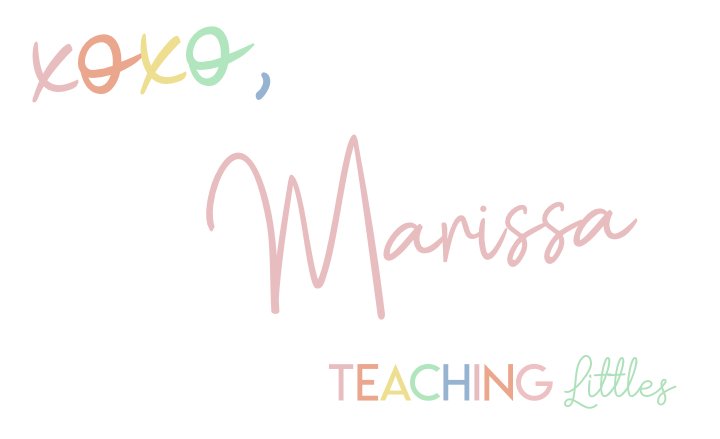
Additional Resources:
For further assistance, here are some recommended resources:
- Some of my favorite Children’s books to teach kindergartners how to read.
- Best Apps for Learning to Read
- Hooked on Phonics
- ABCmouse (Use this link for 70% OFF!)
- Noggin
- Night Zookeeper
- Homer
- Epic!
- Farfaria
- Starfall
- Skybrary
- Reading Eggs
- Bob Books Reading Magic
Happy Reading!
